If you’ve ever wanted to make your mangoes last longer, drying them in the sun is one of the easiest – and cheapest – ways to do it!
Today, I’ll show you how using 2 popular methods – basic sun drying and solar dehydration.
Prepping Your Mangoes for Drying
Start with mangoes that are ripe in order to enjoy the sweetest flavors in your dried fruit.
Make sure to wash the exterior of the mangoes before you get started. If your mango is perfectly ripe, then you may be able to cut the fruit into quarters and simply pull the skin back.
Another option to use is a mango slicer. These may be a good investment if you plan to frequently dry mangoes.
If your mango is not perfectly ripe, slice away the peel in a thin layer.
Then remove the core of the mango and slice strips. Your goal is to make the size of your slices consistent. This makes it much easier for you to dry them in a uniform fashion!
Tutorial
There are two primary ways that you can dry mangoes.
Regardless of which method you use, start by either blanching the mango slices in hot water or treating them with lemon juice.
Doing so will prevent the mangoes from enzymatic browning.
The two methods for sun dried mangoes (specifically, of course there are other ways) include basic sun drying or using solar food drying.
Let’s start with the basic method.
Print
How to Dry Mangoes Naturally (Using Just the Sun!)
You don't need any special equipment to dry mangoes in the sun. It does take a while, but it's pretty "hands off" as you'll see below!
- Total Time: 48 hours 15 minutes
Ingredients
- Fresh Mangoes
Instructions
1. Slice your mangoes and spread them on drying racks or screens. This will allow them to drain excess juice and also promote good airflow.
[mv_img id=”376″]
Some people may even use window screens. Since juice will drip from the mangoes, put them on baking sheets or put a plastic sheet or similar below the baking sheets. This makes cleanup much easier!
2. Place the mango sheets in a bright sunshiny place. Check on the mangoes and turn them every few hours. The time for this process will depend on your location and how much sun you get. It will take at least 24 hours, so bring the trays in at nighttime so you don’t get any dew on the mangoes. Continue drying the next day. Some locations will require a 3rd day of drying. You'll know it's “done” if you squeeze a slice and no water droplets ooze out.
- Prep Time: 15 minutes
- Additional Time: 0 hours
- Cook Time: 48 hours
Solar Food Drying
This method is slightly different than your basic sun drying.
The benefit of solar food drying is that it intensifies the heat from the sun and speeds up the process.
With this method, you can use a purchased solar dryer or make your own. If you make your own, you can use a basic box with ventilation holes.
The top of the box should be covered with a glass pane which will intensify the sunlight.
Also, make sure that your pans of mangoes can fit into the boxes.
Finally, you should keep a thermometer in the box and check the temperature frequently.
If the temperature gets above 140 degrees F, raise the glass top a few inches to provide more ventilation.
With this method, you’ll still put the mango slices on sheets where they can drain. Place them in the solar food dryer and place in a sunny place.
Flip the fruit every few hours to allow for even drying.
The time to dry completely also varies but is generally shorter than basic food drying.
READ NEXT: 10+ Delicious Dried Mango Recipes!
Benefits of Sun Drying Over Other Dehydrating Methods
If you research dehydrating methods, you’ll find options such as food dehydrators or even drying foods in your oven.
While these may be commonly used, the sun drying has multiple benefits.
The primary benefit is that it saves energy. The sunshine is free and won’t cost you a penny to dry mangoes in the sun.
Spending hours using your dehydrator or oven can add up, especially if you dry a lot of fruits and vegetables.
Another reason to consider sun drying is that it’s easier to dry large volumes.
You’re only limited by the space in your sun dryer or the space outside if you use the conventional method.
You can dry a larger volume of mangoes more easily.
With both a dehydrator and oven, you have a fairly limited space and can only make small batches at a time.
Finally, with sun drying you’ll get more consistent results.
Drying in an oven often leads to burning and ruining your fruit. Also, dehydrators can be difficult to monitor.
They’re also expensive to get the highest quality ones and may reach temperatures which aren’t ideal for your fruit.
Sun drying produces more consistent results since it’s a slower process but one that provides more consistent heat.
People often notice a difference in taste with sun dried mangoes, too! And the lower, more natural temperature helps preserve its nutrients, retaining the many benefits of dried mango.
How do you preserve dried mango?
With your dried mangoes, you’ll want to keep them in a cool, dry place. When bringing your dried mangoes inside, make sure that they’ve cooled completely.
After cooling, store them in airtight containers in a dry and cool location.
They can be stored in canning jars, bags, or other containers.
It may be better to keep them in small to medium-size containers to allow for easier use and less exposure.
Can dried mango go bad?
Any food can go bad over time. If you store your dried mango in airtight containers, you can expect them to last months and still taste great.
The biggest threat to your mangoes lasting is humidity and moisture.
Make sure that your containers are airtight for the best results.
Most dried mangoes will last at least 3-4 months but may last longer. You should be sure to use your mangoes within a year.
My Favorite Store-Bought Sun Dried Mangoes
Although I like to dry mangoes, I don’t often have the time to get all my drying in each season.
When I need to purchase mangoes that are already dried, my favorite type is:
Prices pulled from the Amazon Product Advertising API on:
Product prices and availability are accurate as of the date/time indicated and are subject to change. Any price and availability information displayed on [relevant Amazon Site(s), as applicable] at the time of purchase will apply to the purchase of this product.
These mangoes are non-GMO and organic, so they’re safe for both me and my family. They’re also dried without adding any sugar or preservatives.
The pouches are easily resealable so you can keep them fresh over time.
Easy to enjoy as a quick snack, I usually keep a few bags of them around to enjoy or use in recipes.
I hope this quick guide helps make sun drying your mangoes easier!
It’s not too hard, and the results are deeeelicious.




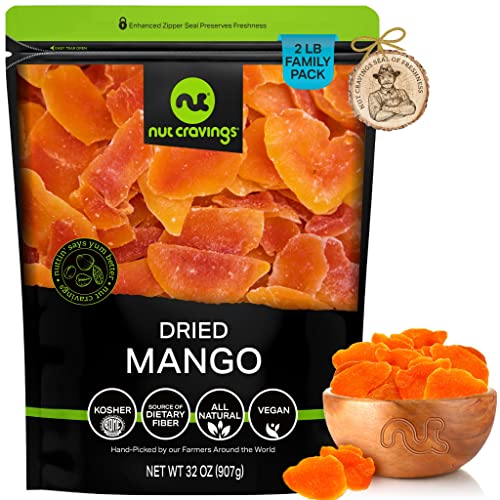


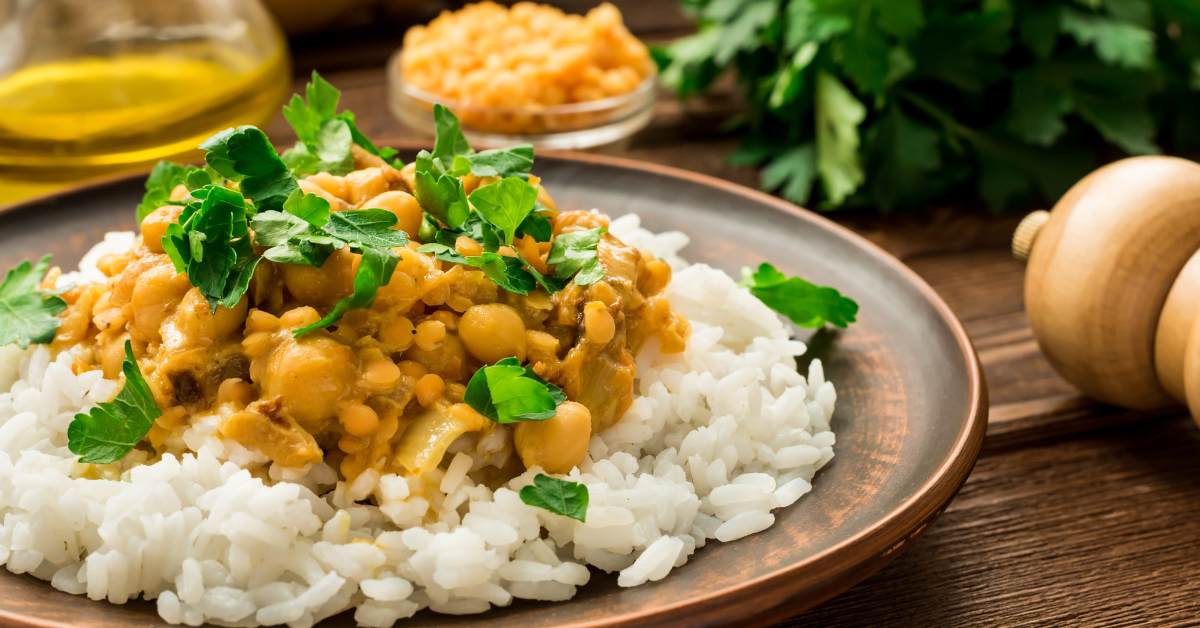
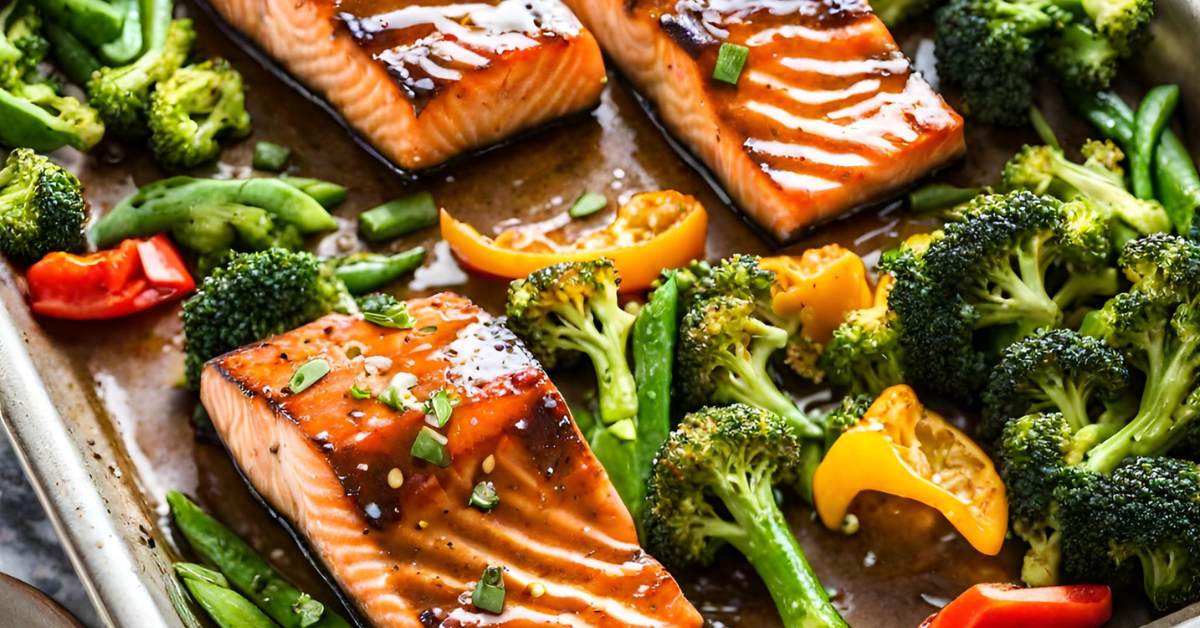
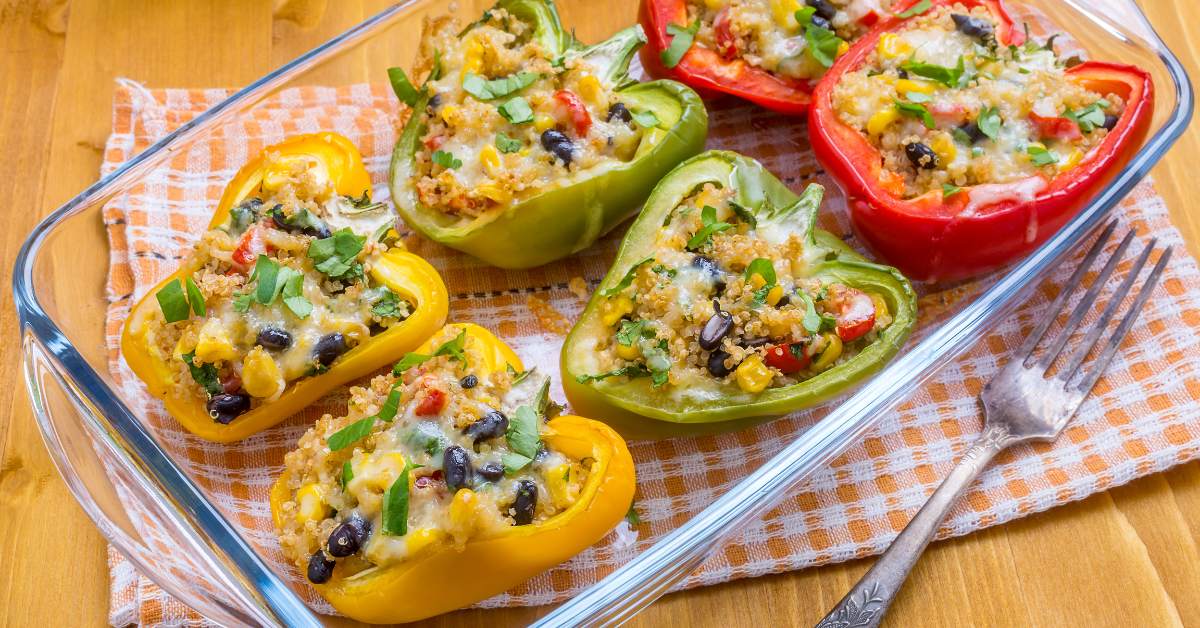

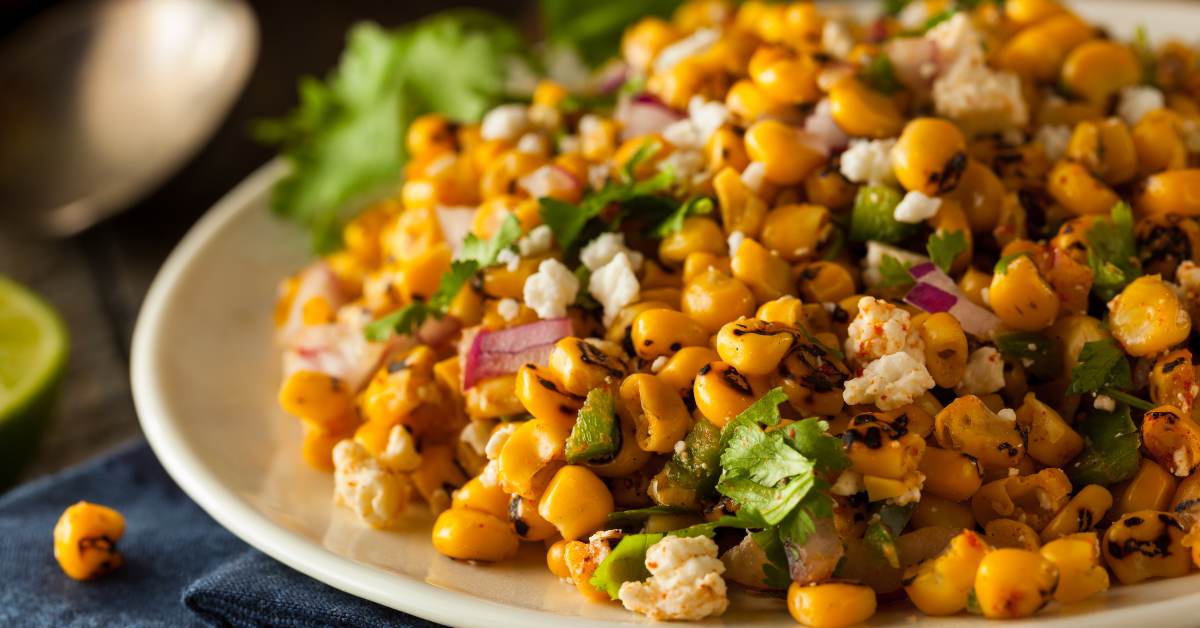
Thanks so much. This excellent
The mangoes turned black after 9 hours in the dryer. What could be the problem.
Hi Linette, that was probably caused by oxidation during the dehydrating process. Next time, you can try spritzing the mango with diluted lemon juice (about half & half) to prevent browning. Or you can dip the mangoes in a citric acid powder before dehydrating. However, the darkening isn’t harmful. It simply doesn’t look pretty.
What about pests? How do you prevent bugs from getting on the fruit?
You can lay mesh fabric over the top of your tray (with smallest hole size possible). Some tulle might work.